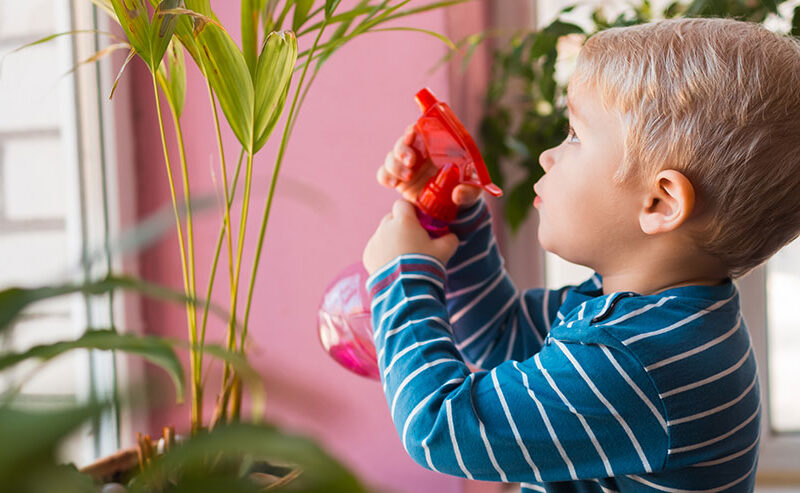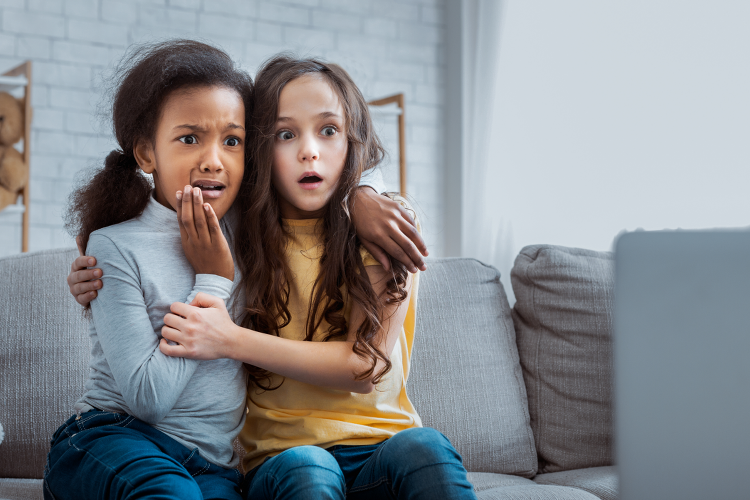How does pornography impact boys’ ideas about women and relationships?
How does pornography impact boys’ ideas about women and relationships? https://mediatrics.com/wp-content/themes/corpus/images/empty/thumbnail.jpg 150 150 Mediatrics Mediatrics https://mediatrics.com/wp-content/themes/corpus/images/empty/thumbnail.jpgQ: Recently my daughter shared with me that the boys in her 8th grade class were looking at pornographic images on one of their phones during lunch. With so much online pornography being directed at our tween/teen boys, has there been any research done in this area, or will we not know the effects of such imagery on these boys’ brains/relationships for some time? I am wondering what impact this will have not only on our boys’ health and well-being but also on their relationships with the girls who date and marry them.
–Serious About Sex in Solana Beach, CA
A: Dear Serious,
Whether we like it or not, this scenario is neither rare nor one of “bad kids doing bad things.” Pornography is not being directed just at tween/teen boys but at all of us. It is a multibillion-dollar economic engine of the Internet, and it is easily accessible with any Web-capable device. Combine that with the rapidly increasing ownership of and facility with cell phones by school-aged children, and you have the situation you describe.
There are two issues here. The first is the effects of viewing pornography on anyone, and the second, and more important one in this age group, is its effects on youth who are forming their ideas and attitudes about sex. Research with older adolescents and young adult males has shown that exposure to pornography results in objectification of, desensitization to, and reduced empathy for women. It also shows that men who view sexually explicit films degrading to women are more dominant in their subsequent interactions with women.
Media-effects research, which addresses outcomes from violence to nutrition, has consistently shown that young people learn about the world and how to behave in it from the media they use. Research from the Netherlands found that the more exposure a young person has to pornography, the more realistic they think it is, which influences expectations for their own sexual behavior. Another study by the same researchers suggests that seeing sexually explicit material was associated with thinking of women as sex objects. Eighth graders are sexually curious and experientially naïve. Pornography and mainstream media representations of sex as a desirable commodity with no commitment, connection, or consequences may be their first, most powerful impressions of sex. “Friends with benefits” and other potentially unhealthy sexual attitudes and behaviors can result if these media messages are not countered.
Parents, teachers, and other adults can help reduce the potential unhealthy effects of exposure to sexual media by talking with kids about sex in a way that is clear, matter-of-fact, and without shame. Make it safe and comfortable to come to you for information. That way, if and when they encounter sexually explicit media, what they see becomes just one part of their larger understanding of sex, human relationships, and how they work in the real world. It can be difficult to know how to start these conversations, but there is advice out there that can help you figure out what to say and how to say it. Media portrayals of sexual situations can actually make these conversations easier and more effective, as research around a Friends episode dealing with condom failure demonstrated. Although unquestioned and undiscussed exposure to sexually explicit material has been associated with negative effects of children’s sexual health, you can address your child’s curiosity about sex in ways that supports healthy development and the kind of understanding of sex and relationships you’d like them to have.
Enjoy your media and use them wisely,
The Mediatrician®




